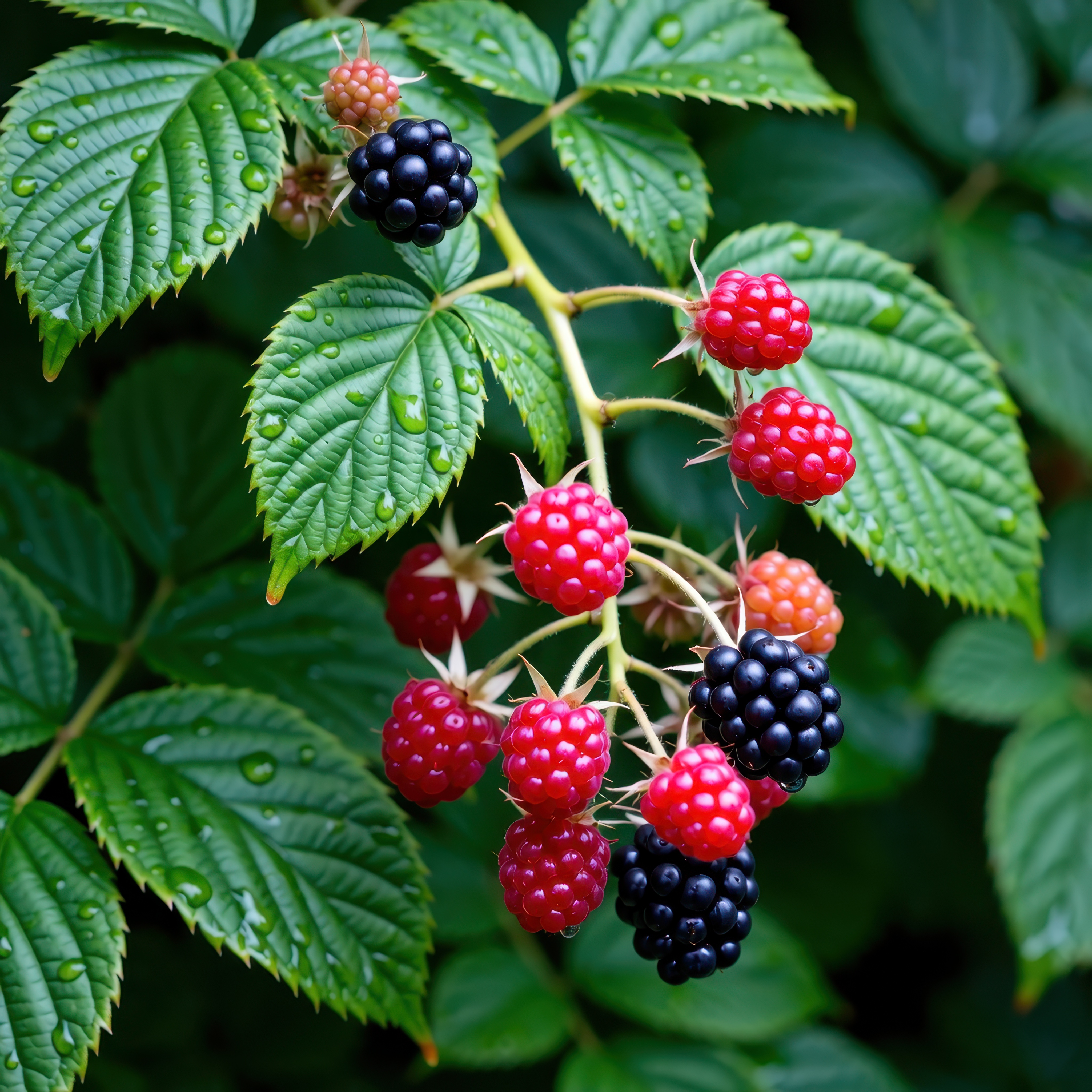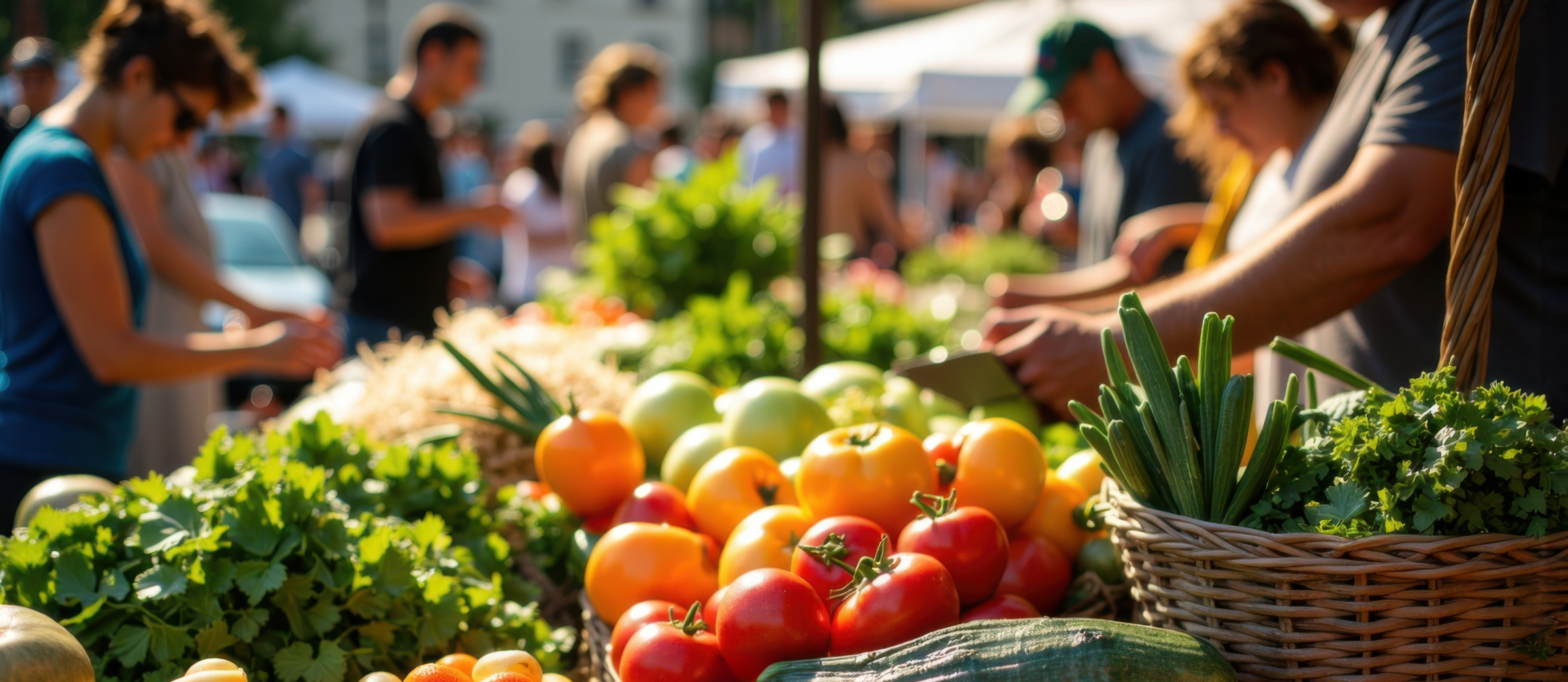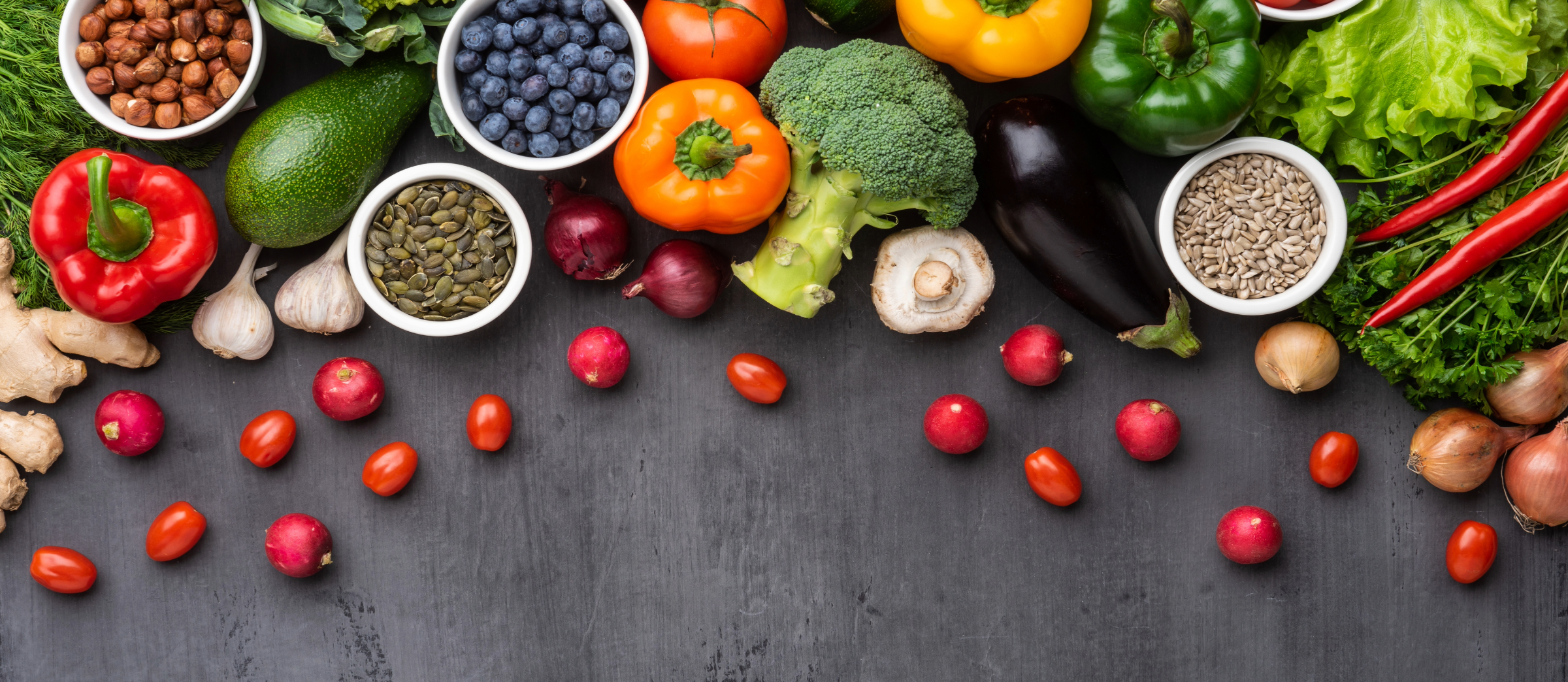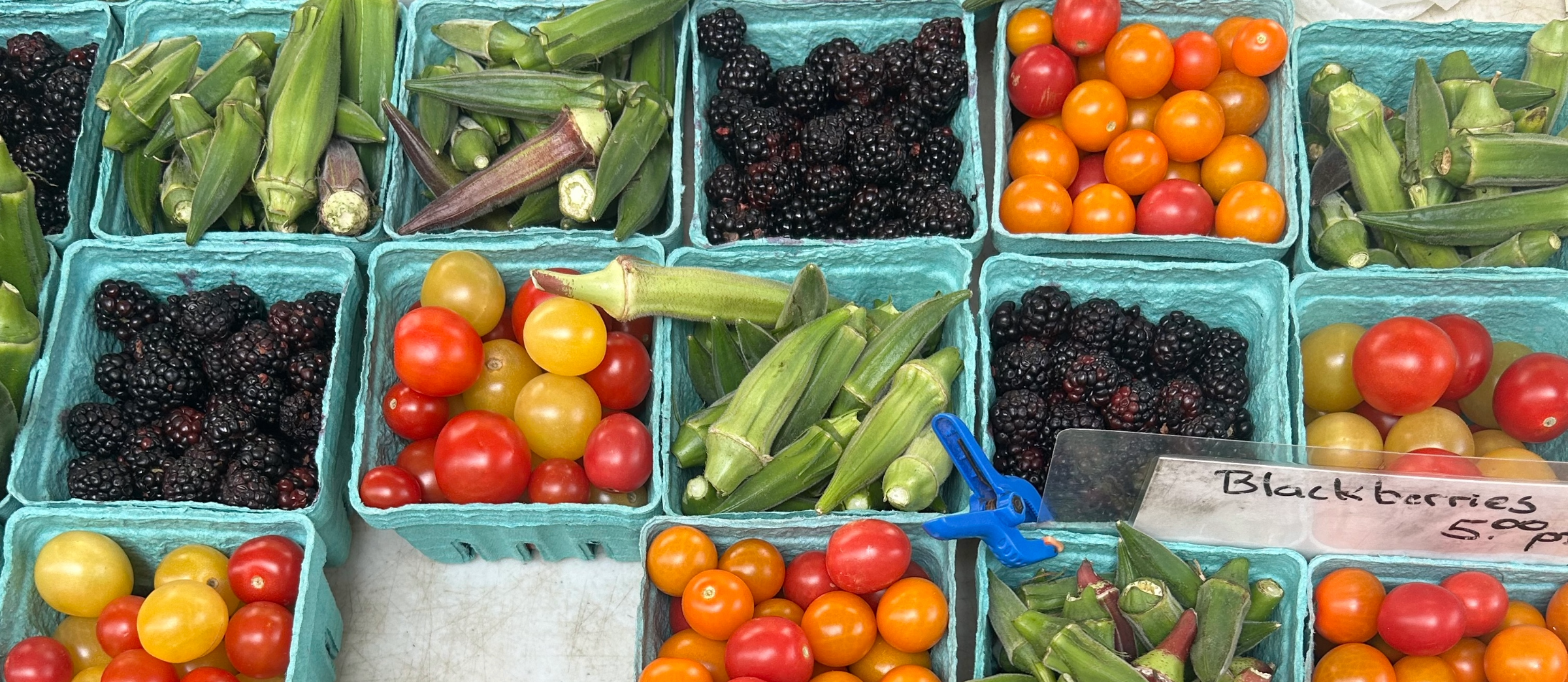Thinking Economically About Homestead Crops
Thinking Economically About Homestead Crops
I recently joined Agent Gretchen Winslow and a group of homesteaders in her county to talk about choosing crops and how the UK Center for Crop Diversification (CCD) can support them. While we looked at several CCD publications and tools, I kept coming back to one main idea: using simple economic tools like price reports and enterprise budgets can help homesteaders think about how to use their time and energy for the best results. Some homesteaders work toward producing all their own food, but many still have off-farm jobs and want to grow some of their own products while buying the rest. For those folks, tools like CCD price reports and enterprise budgets can help compare the value of different crops and the labor needed to grow them.
For example, some of the farmers markets in our CCD Price Report sell tomatoes for $2–$3 per pound. At a produce auction during peak season, tomatoes might cost only about $0.50 per pound. If one tomato plant gives you around 10 pounds, growing your own might save you $5–$30 per plant. Enterprise budgets also show that tomatoes require a lot of labor—starting seeds, transplanting, trellising, pruning, harvesting, scouting, and managing pests. There’s also always a chance something goes wrong, and the plant produces nothing. Only the homesteader can decide whether the time, labor, and risk are worth it, especially if they have limited growing space or other higher-value activities to do on the homestead.
Blackberries tell a different story. At farmers markets, they often sell for $8–$10 or more per pint. In a good year, one plant can produce up to 10 pounds, or about 15–20 pints. That’s $120–$200 worth of fruit per plant. Blackberry bushes are perennials, so you don’t have to replant every year, although they still require pruning, weed control, harvesting, and sometimes bird netting. All these tasks take some work, but they can be much less than some other high-value crops.
Many people imagine a homestead with a fruit orchard, but apples and peaches in Kentucky can be challenging without a careful spray schedule. Those sprays cost money and time. Some homesteaders may still want apples for processing or cider, where appearance doesn’t matter as much, but it’s important to know the challenges ahead of time. Other small fruits, like blackberries and raspberries, often require fewer inputs and may be cheaper to grow. Blueberries can also be a good fit but need special soil conditions, so be sure to get a soil test and talk with your Extension office about amendments.
At its core, this advice is simple: grow the things that are most expensive to buy, and buy the things that are cheaper for someone else to produce. Many people homestead for personal values or health and environmental reasons, and that’s important too—so choose crops that best support those goals. Even if you never plan to sell a product, economic tools from Extension can help you make the most of your most limited resource: your time.
Finally we recommend always start by talking with your local Extension Agent. They can help you select the right varieties, choose good planting sites, interpret soil tests, and think through other key decisions. Thank you to Dr. Brent Arnoldussen for fact-checking the fruit production information in this article.
Recommended Citation Format:
Wolff, B. “Thinking Economically About Homestead Crops.” Economics and Policy Update 25:11, Department of Agricultural Economics, University of Kentucky, November 21, 2025.
Author Contact Information:



